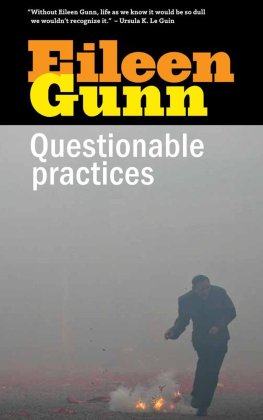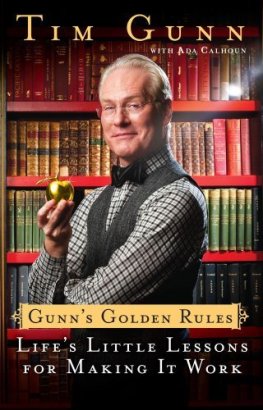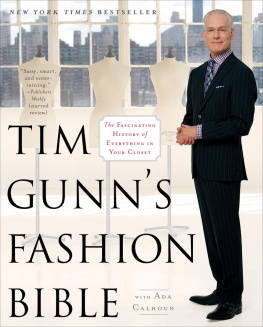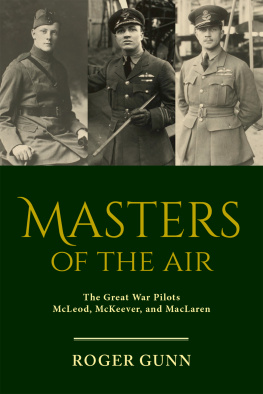

This edition is published by PICKLE PARTNERS PUBLISHINGwww.picklepartnerspublishing.com
To join our mailing list for new titles or for issues with our books picklepublishing@gmail.com
Or on Facebook
Text originally published in 1959 under the same title.
Pickle Partners Publishing 2014, all rights reserved. No part of this publication may be reproduced, stored in a retrieval system or transmitted by any means, electrical, mechanical or otherwise without the written permission of the copyright holder.
Publishers Note
Although in most cases we have retained the Authors original spelling and grammar to authentically reproduce the work of the Author and the original intent of such material, some additional notes and clarifications have been added for the modern readers benefit.
We have also made every effort to include all maps and illustrations of the original edition the limitations of formatting do not allow of including larger maps, we will upload as many of these maps as possible.
THE SAGA OF PAPPY GUNN
BY
GENERAL GEORGE C. KENNEY
TABLE OF CONTENTS
Contents
FRONT MATTER
FOUR-STAR GENERAL KENNEY pays a remarkable tribute to a remarkable man in this biography. Colonel Paul Irwin (Pappy) Gunn met a tragic death in an airplane accident in the Philippines on October 11, 1957. Believing that our country owes a debt to a great character, a superb aviator, and a devoted American that has never been paid, General Kenney has written this story in the hope that it will help discharge a part of that debt.
General Kenneys own words serve better than any others to describe this book:
This is the story of an extraordinary character. He was one of the great heroes of the Southwest Pacific in World War II, a mechanical genius, and one of the finest storytellers I have ever known. His deeds were real. His stories were often fantasies but they will be told and retold as long as any of his comrades-in-arms are still alive and then will be handed down to succeeding generations of airmen. Pappy Gunn is already a legendary figure.
The saga of Pappy Gunn contains a wealth of stories, Spectacular things happened to this spectacular person....As the author points out, He lived, died, and was even buried differently from other people. Faithfully, but with humor and warmth and understanding, General Kenney has constructed the life story, the saga, of his friend, Pappy Gunn.
This is General Kenneys third book. Unlike most wartime commanders, General Kenney writes his own books. His story of the war in the Pacific, GENERAL KENNEY REPORTS, is required reading for all airmen as well as for all those who want a clear understanding of the Pacific War. His second book, THE MACARTHUR I KNOW, was reprinted in condensed form in the Readers Digest and was widely syndicated in newspapers at the time of its publication.
This new book is probably the first of its kind: the first full-length story of a combat man to be written by a commander of such eminence as General Kenney.
Also by
GENERAL GEORGE C. KENNEY
GENERAL KENNEY REPORTS THE MACARTHUR I KNOW
THE SAGA OF PAPPY GUNN
By General George C. Kenney
FOREWORD
THIS IS the story of an extraordinary character. Incidentally, he was one of the great heroes of the Southwest Pacific in World War II, a mechanical genius, and one of the finest storytellers I have ever known. His deeds were real. His stories were often fantasies but they and the recital of his actual accomplishments will be told and retold as long as any of his comrades-in-arms are still alive and then will be handed down to succeeding generations of airmen. Pappy Gunn is already a legendary figure.
He was a spectacular person but spectacular things seemed to seek him out and highlight the fact that he was different. There was something strangely contagious about that difference which often communicated itself to anyone who came in close contact with him. He lived, died, and even was buried differently from other people.
His outstanding characteristic was devotion. He was devoted to his country, to the organization to which he belonged, to his commanders, and, above all, to those who served under him. His devotion to his family and his constant worry over their safety during their three years in a Japanese prison camp endeared him to his associates. Pappy didnt know it but they soon realized that his flamboyance, his quick temper, his reckless flying, and his astounding tales which had little to identify them with his actual accomplishments, were really just attempts to cover up the deep emotions which he did not wish to expose to the public gaze.
He was a fearless fighter who demonstrated his qualities of leadership by leading. To the youngsters fresh from the training fields and untried in air combat he was an example, an inspiration, a confidence builder, an invaluable man to have around. If any piece of equipment from the airplane itself to any of its hundreds of accessories failed to work, the universal answer was Pappy can fix it, and Pappy could and did.
Generals, admirals, and privates have paid tribute to Pappy Gunn. They all praise his exploits and agree that he should be accorded a top spot on the list of aviations pioneersbut they all speak of having lost a true friend.
His sister Jewell, however, pays him the greatest tribute of all.
When the news came of Pauls death, it was such a blow that for a while I was numbed. I couldnt think. Then I remembered the many times he had told me that he wanted to be active and flying as long as he lived. I know he was happy in his work. It was his life.
We were so proud of everything he accomplished and appreciated the honors that were conferred upon him.
To me he was the best brother in the world.
Colonel Paul Irvin Gunn was admired, respected, and loved by his friendsI dont believe he ever had an enemy. Our country owes him a debt that his tragic death in an airplane accident in the Philippines on October 11, 1957, makes it impossible for us now ever to repay. Perhaps this story will help discharge a part of that debt by keeping alive the memory of a great character, a superb aviator, a devoted American husband and fathera man.
1 Pappy And The Whale
The Timemid-afternoon, July 28, 1943.
THE PLACEthe Bismarck Sea just northeast of Cape Gloucester on the west end of the Island of New Britain.
THE TARGETtwo Japanese destroyers steaming west at full speed after being discovered by an American reconnaissance airplane.
FOR NEARLY a week Lieutenant Colonel Paul I. Pappy Gunn had been at Three Mile Airdrome at Port Moresby, New Guinea, waiting for a chance to test our latest gun-air-plane combination. It was a 75-millimeter cannon mounted in the nose of the B-25 or Mitchell bomber. Pappy had fallen in love with it as soon as he saw it, and begged me to let him test it against the first Jap vessel that came within range. I told him to join the 3rd Attack Group, my pet skip-bombing boys, and I would see that he got the first shot at the target. Pappy had been a member of that outfit before I attached him to my own staff and made him a Special Projects officer. The 3rd Group called him The Generals Uninhibited Engineer, but they were proud of his accomplishments and the unorthodox methods he used to attain them. They were sort of unorthodox themselves.
Shortly after noon, a radio flash from one of our reconnaissance planes gave us the news Pappy and the 3rd Group gang had been waiting for. With Gunns B-25 in the lead, in fifteen minutes thirty-six bombers were on their way. The weather was spotty, with fairly large patches of rain areas and poor visibility, so the group broke up into three squadrons of twelve planes each and fanned out to cover a wide front and be sure of intercepting the two Jap ships. The planes cruised along just over the waves and islands and coral reefs, never over a hundred feet from the ground or water. These were the low-altitude boys who boasted that they didnt carry oxygen because they didnt fly high enough to use it and that if on a flight they came across a cow, they flew around it. They were also the skip-bombing gang who came roaring into the attack at wave-top altitude and skipped their bombs up against the sides of enemy vessels, hurdled the masts, and waited for the four-second delay fuses to detonate the bombs. In that brief time, traveling at nearly five hundred feet per second, they would get out of danger from being hit by their own bomb fragments or pieces of the enemy ship. It was a hair-raising type of attack, but it was succeeding beyond all our original expectations. Moreover, the 3rd Group had the lowest combat casualty record in the whole Fifth Air Force, and all the rest of the groups were busy training their crews to follow the 3rds example.
Next page












